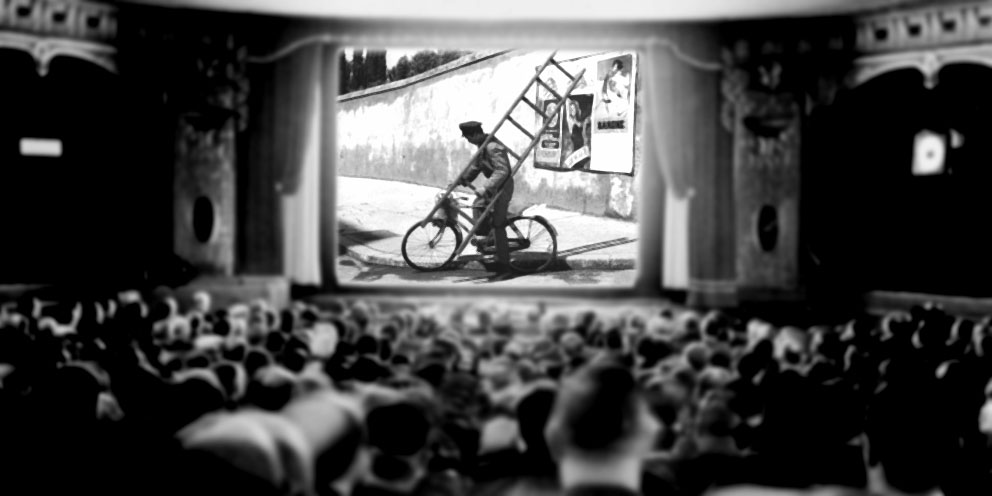
“How the Story Began”
As I mentioned at the end of the previous chapter, up to this point I have tried to draw a synthetic overview, the broadest one I have been able to, of the environment in which we, as professional animators, are called to move, with all fears, frustrations, anxieties, and even anguish that a technological and cultural process in a tumultuous transformation arouses in each of us, whether we are an artist still at the beginning, who faces this world for the first time, armed only of his skill, creativity, courage and enthusiasm – and whether we are an established artist, who has already been involved in this profession for years, even decades.
From now on I propose to delve more deeply into the “living matter” of the animator’s professional life and tools (but some of these thoughts can be also applied more or less to other artistic roles related to animation, such as storyboard, lay-out, background, editing, compositing, etc.) and to seek the very roots of our art, the methods, the actual tools that we can use to best convey it, both within our professional relationship – production, colleagues, directors – and towards, ultimately, the audience. “Our” audience.
The most crucial, determining and, ultimately, most personal and “secret” phase, if we think about it, takes place right at the beginning of the story, the moment in which we go from first aspiring to then planning and finally deciding to start this adventure, not more just as a dream, an eccentric passion, or a means of expressing one’s personality, but as a real – paid – daily “job”, whether we are freelancers, owners of our own studio, or employed in a large production Company.
Each of us can tell our own story about this initial phase, probably completely different from that of everyone else, even if in reality there are some common characteristics, starting from the fact that we do not handle numbers, like an engineer, nor we deal on clinical pathology, like a doctor, or on Excel, like an accountant: our common field could be considered the image, the moving image, or more specifically the representation of it. In other words our matter and tool is the drawing, more specifically the line, or more generally, moving shapes.
And this is generally true, if we limit ourselves to a superficial examination, but there is something more, more deep and crucial, as we will see.
To get there somehow, I will tell my personal experience of these first formative years, and of my first encounter with the art of animation. Not because my story is particularly significant, or more representative of anyone else’s. Indeed, I could define my personal experience as rather askew, eccentric, compared to more “canonical” stories of elective affinities, specific studies, career directions.
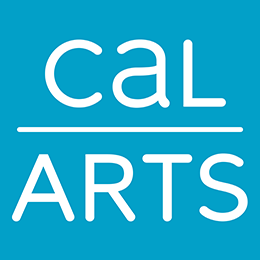
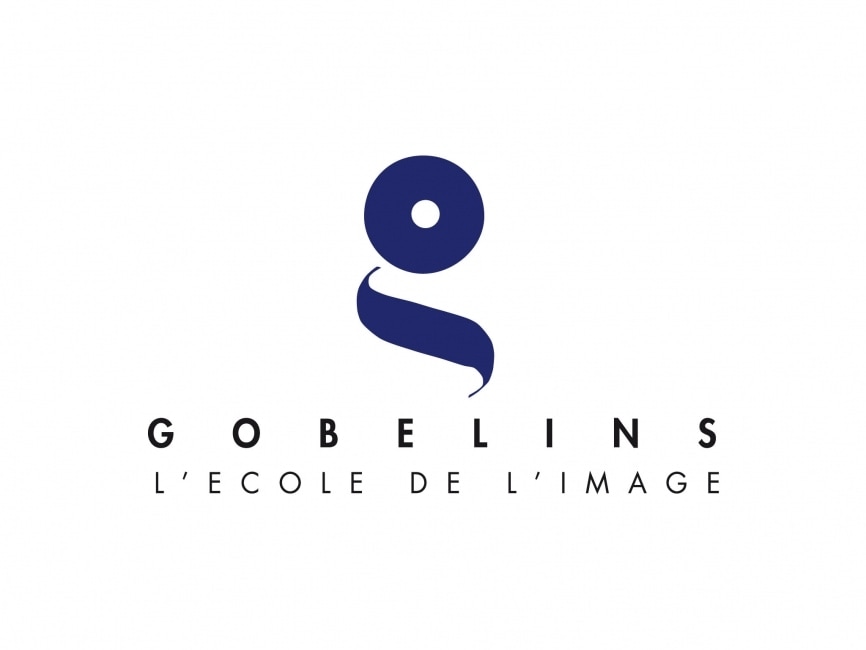
There are those who, at a very young age, already have very clear ideas and enroll in a specific school or renowned institutions, such as CalArt or Gobelin.
Then those who encounter animation a little later, perhaps while following fine arts courses at an Academy, or other similar training courses. And finally those who follow other more unexpected and unpredictable paths.
These are all different paths, all exciting, and which ultimately lead to the same result, that is, starting a life as a professional animation artist (often after having explained, not without difficulty, the “sense” of such a weird choice to parents, families, friends, social network).
Simply, by following my personal experience, it is easier for me to descend “to the bottom of the cellars” (i.e. to the foundations), to the very source of our, as we had called it, “vocation”.
Anyway, after the childhood crush (common to many of my generation) with the great Disney feature films of the golden era and later, I distanced myself without regret from that primitive passion, which indeed, in the adolescent time I considered “too childish ” and no longer suitable for a boy who now felt grown up and emancipated.
My first ideal goal, as soon as I had the awareness that I probably wouldn’t remain in childhood for my whole life, and that indeed it was becoming urgent for me to get out of it, was the “Cinema” with a capital C; I mean live-action movies, what I probably instinctively felt like the “adult brother” of my primordial passion.
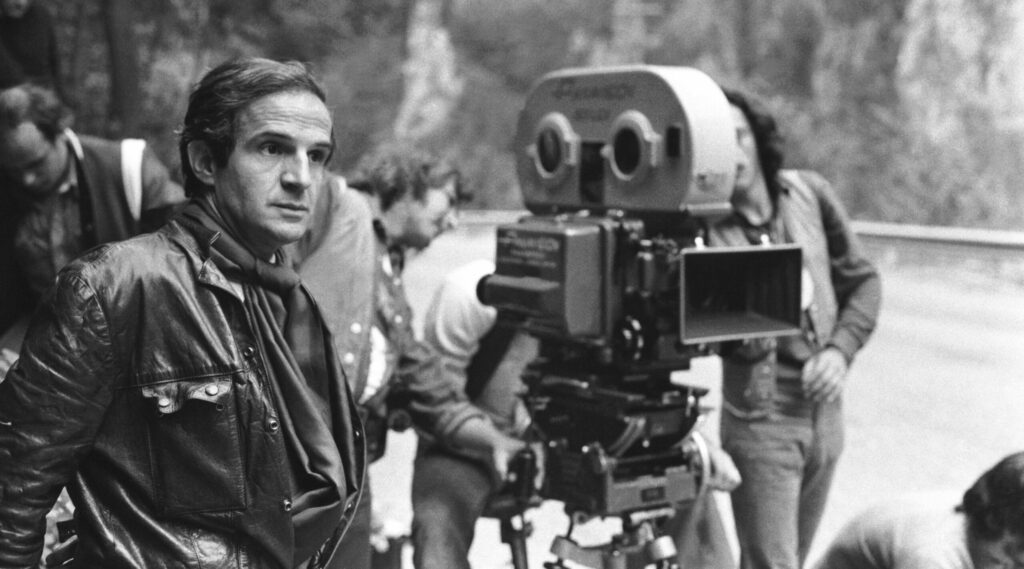
This first aspiration of mine “to become a film director” occurred with the complicity of the presence in my house of a large collection of volumes on film history, technique and criticism, collected by my father who was a passionate cinema enthusiast and who practiced for some time the activity of film critic and reviewer on the pages of local newspapers.
Those were very fruitful years (those of my father’s time, I mean) for the movie industry, or, in one word, the “Cinema”, understood both as an entertainment industry and as a social and cultural phenomenon. In particular in my hometown, Trieste, which in the immediate years after WWII was a territory occupied by the US army (AMGVG – “Allied Military Government Venezia Giulia”), dozens of cinemas flourished, which imported, much earlier than the rest of Italy (and even of Europe, with the exception of the UK), mainstream Hollywood (and Burbanks) production, which was also booming in the postwar period.
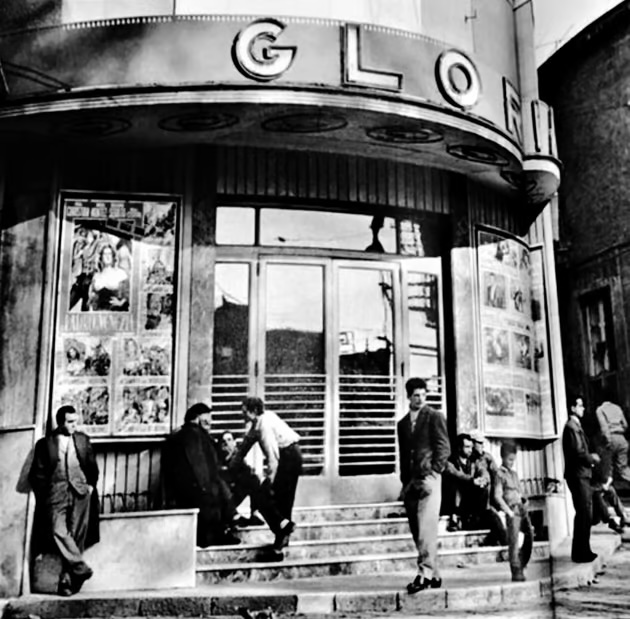
Furthermore, in Italy these were the years of the birth, development and popular and international success of the New Italian Cinema, with its spearhead, the “Neorealism”. My father, and this already explains many things, was almost the same age as a whole great generation of Italian director-authors, from Vittorio De Sica, to Federico Fellini, to Luchino Visconti, and he met and frequented as friends well-known critics and film historians of the time, like Tullio Kezich and Callisto Cosulich.
In my house all this resulted in the presence of many shelves in the private library cluttered with volumes, essays and magazines exclusively on Cinema, which I still jealously preserve, and which at the time became my first avid readings, even as a kid, together with literary classics for youth (I was always a strong reader) …and Mickey Mouse comics. And the most read and reread were fundamental cinema theorists and authors, such as Sergei Eisenstein (i.e. the first Italian Einaudi version of his “Film Form”), Tziga Vertov, Guido Aristarco, Francesco Pasinetti, Chris Metz, Gianni Rondolino, Cesare Zavattini, and many others, some well-known (in Italy in particular) and others now forgotten, as well as screenplays taken from various films by Fellini, Visconti, Chaplin, Ford, just to name a few.
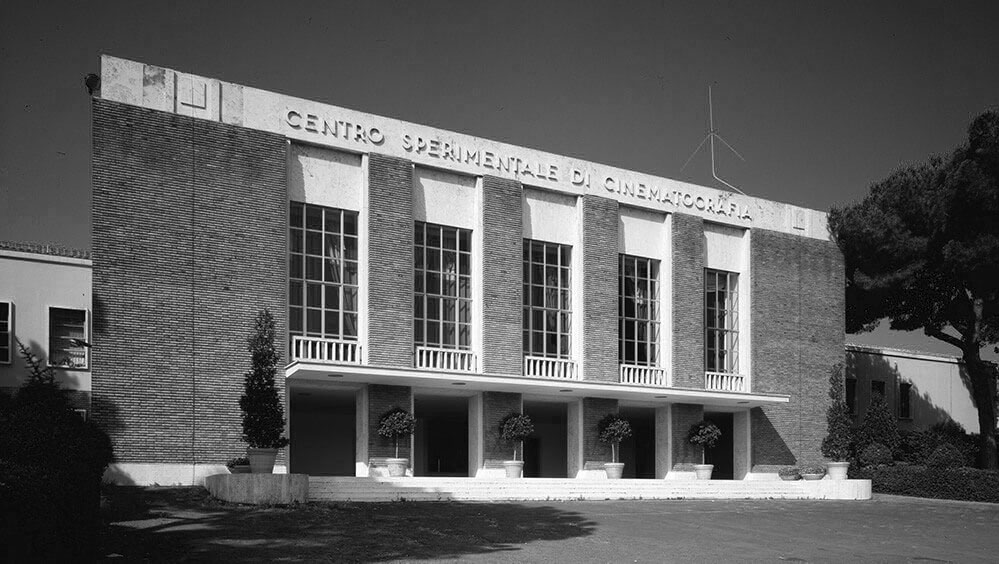
I wouldn’t swear how much of all this I really understood and assimilated at the time, but it certainly gave rise to a real passion, and was this passion that pushed me, after high school, to try to enroll at the Centro Sperimentale di Cinematografia in Rome (prestigious film academy founded and directed by director and author Roberto Rossellini – “Rome, Open City”(1945), “Paisan” (1946)).
If I had succeeded, who knows, I would most likely not be here telling this story, but a completely different one. But it was a dead end: although my family was not entirely against it (even if they would certainly have preferred a son who would become a doctor or an engineer), the distance and costs linked to an inevitable move to Rome, in addition to the very low probability of entering the restricted number of those elected to attend that very exclusive school, caused the project to founder, which finally resulted in an apparently less “demanding” enrollment in the newly established DAMS (“Discipline delle Arti Musica e Spettacolo”) Faculty in Bologna.
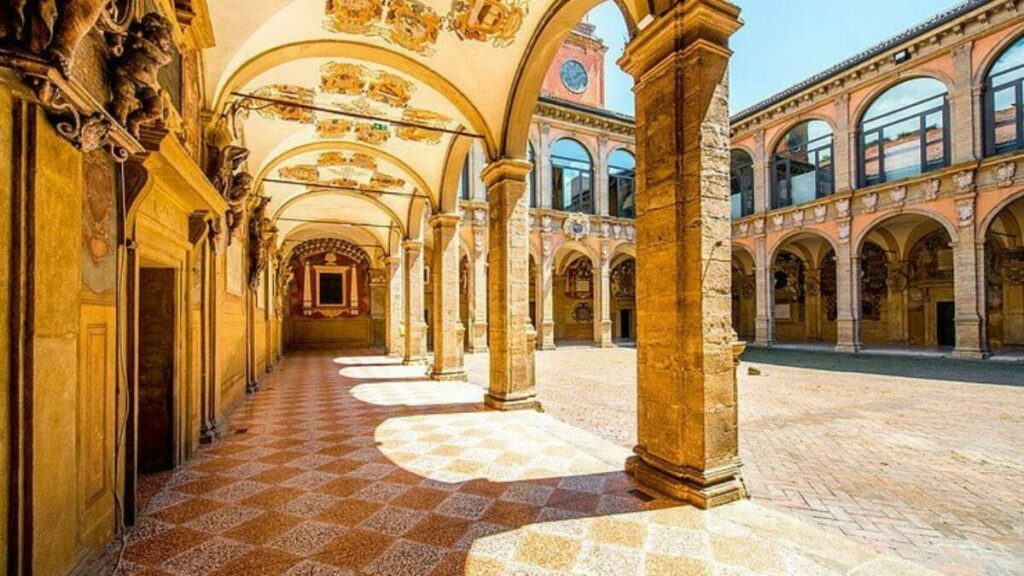
Here I have to say a few words for those who don’t know what the introduction of that particular University department meant in the history of culture in Italy: it was “invented” from scratch, in the early 1970s, by a group of eminent – and mostly still young at the time – intellectuals to ensure, so to speak prosaically, a “public salary” to be able to continue their study and research activity with a certain economic security. Soon it became a center of attraction for a whole generation of young talents who wished to somehow enter the world of art, music and entertainment, as expressed in the very name of the degree course.
It was here where I had the opportunity – an opportunity unfortunately, given my immaturity, not sufficiently exploited – to meet as professors personalities of Italian culture of the caliber of Umberto Eco (as I mentioned in the previous chapter), Luigi Squarzina, Renato Barilli, Thomas Maldonado , Furio Colombo, Giulilano Scabia, Nanni Loy (the only film director of the group), Emilio Vedova, Anna Ottani Cavina, and many others.
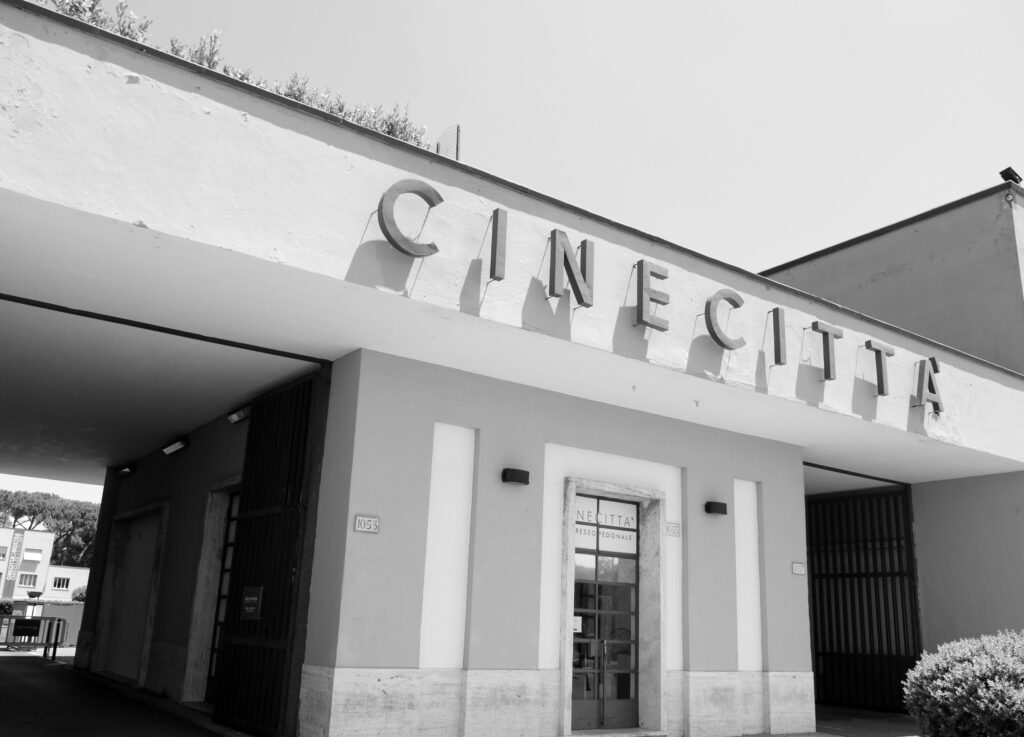
My “future” was now only vaguely still clinging to the old Cinecittà dream, and was taking shape as that of an unspecified “cultural operator” who could be inserted in schools, universities, fine arts superintendencies, theaters, public administrations, even ministries.
But it was precisely in this period, so exciting and seething with ambitions and disappointments, that the first spark “fired”, the one destined to mess up all the plans, and which would finally lead me to what I would really do for a living …even though I was still far from being aware of it.
And this happened, for me, completely by chance – a complete CASUALITY – as I will tell you in the next article.
12 – “Casuality and Causality”
